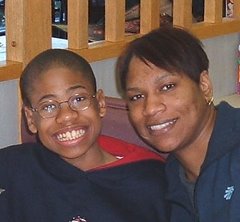This initiative does not focus exclusively or primarily on children who are low-income or ethnic-minority, but it does disproportionately help these children. Early identification and intervention are important yet often overlooked health disparity issues.
- White children with serious disabilities are typically identified at much younger ages than ethnic- or language-minority children. A study of Pennsylvania children covered by Medicaid found that Caucasian children were diagnosed with autism more than one year earlier than their African-American or Hispanic counterparts (age 6.3 for Caucasian children, 7.9 for African-American children, and 7.4 for Hispanic children).
- Racial and ethnic minority children are less likely than white children to get early intervention. In Los Angeles County, Hispanic children (age 3-4) with serious disabilities are the least likely to get early intervention and receive special education services, even though they make up two-thirds of children Countywide and are the most likely to be poor.
- The highest-income areas of LA County also have the highest percentage of children identified as having special needs. The two lowest-income areas of the County have much lower rates.
- A child in foster care is at least four times more likely to have a disability than a child living with one or both parents.
Contact:
Shavonda Webber-Christmas, Acting Director,
Children’s Medical Services at 626-569-6001, schristmas@ladhs.org and
Margaret Dunkle, Convener, LA County Early Identification & Intervention Group at 310-441-2345, mcd729@aol.com, MargaretDunkle@aol.com
For more information on health disparities and autism visit: http://www.child-autism-parent-cafe.com/disparities-in-health.html.
child-autism-parent-cafe.com


